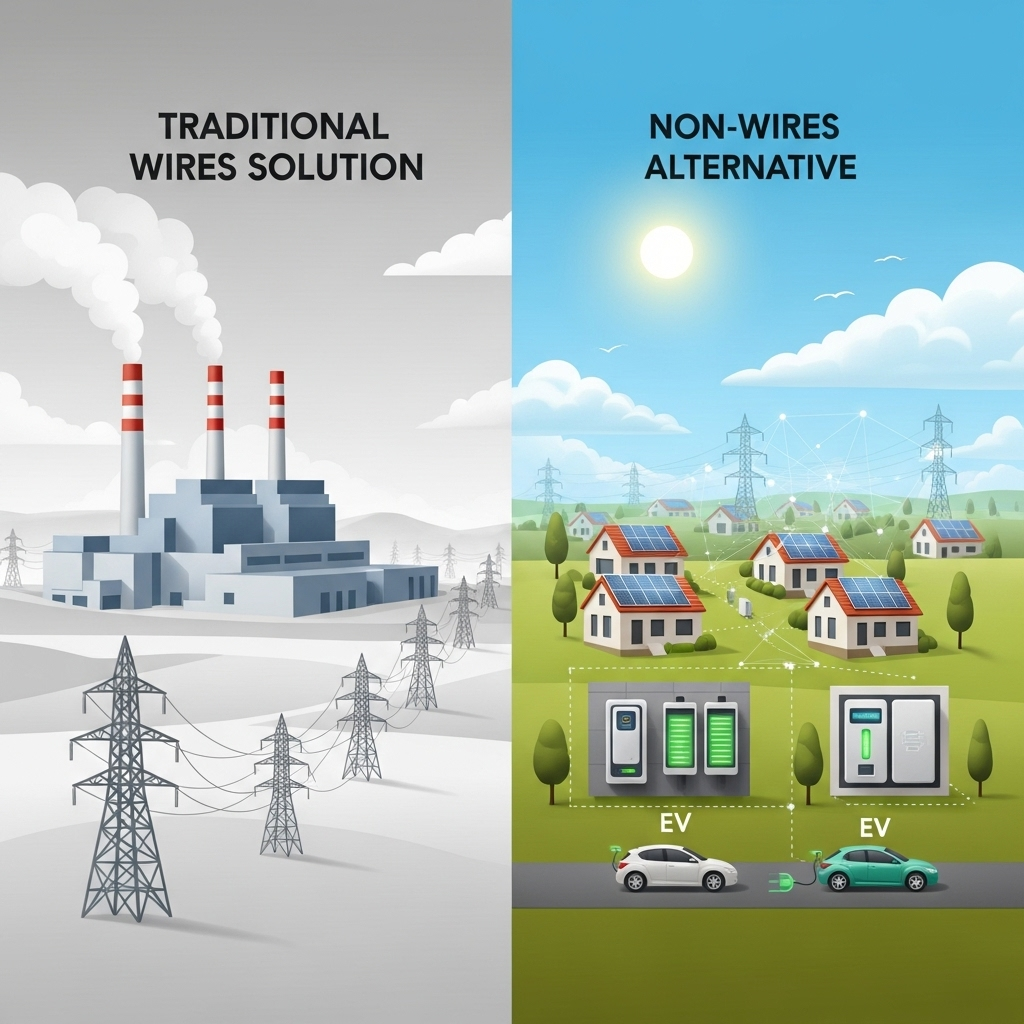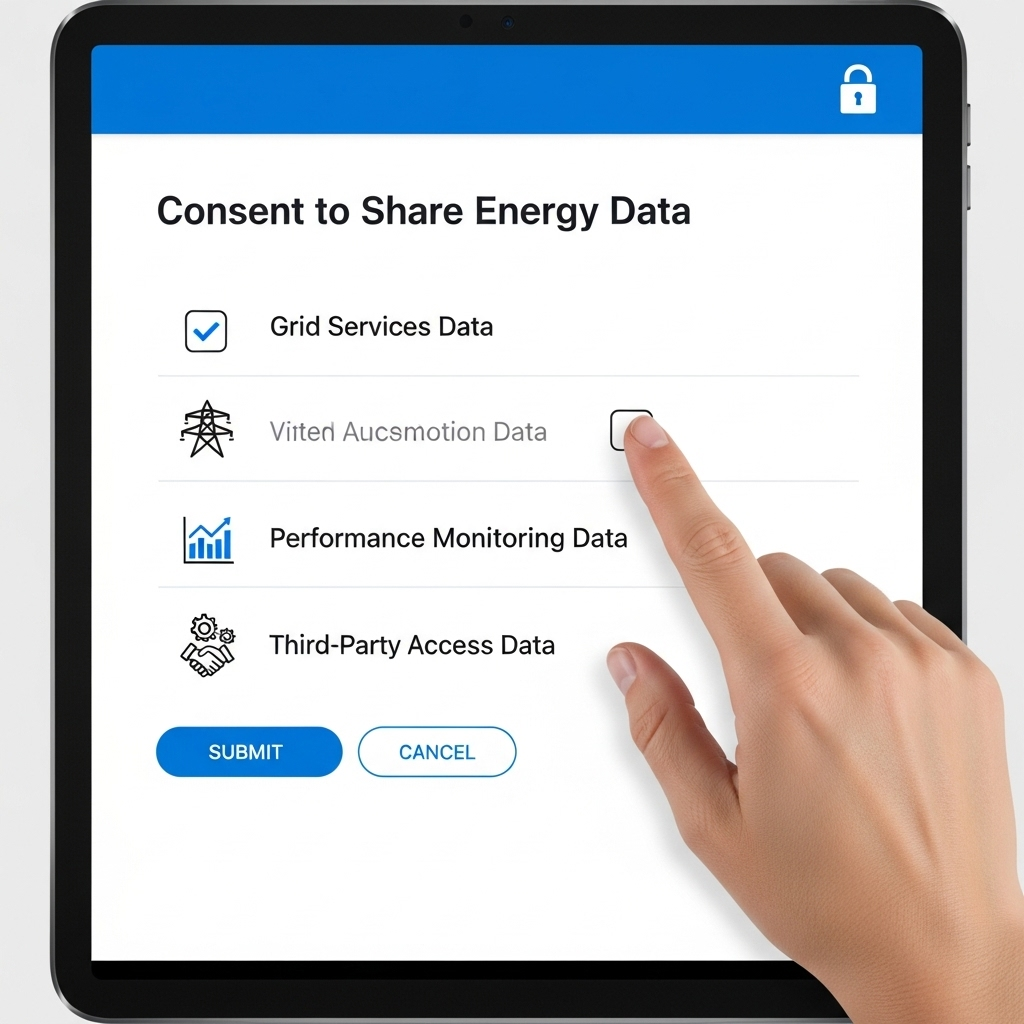As someone who has worked in grid cybersecurity for years, I've seen the rapid expansion of Distributed Energy Resources (DER) like solar and battery storage transform our energy landscape. This decentralization offers incredible benefits, but it also creates a sprawling and complex attack surface. To protect it, we must evolve our security strategy. The two dominant models are the traditional perimeter defense and the modern Zero Trust architecture. In my experience, energy policies and regulations are decisively steering the industry away from the old fortress model and toward the more dynamic, verification-centric approach of Zero Trust.
Understanding the Core Security Models
Choosing the right security framework is non-negotiable for the stability of the modern grid. The decision is heavily influenced by the nature of DER systems—geographically dispersed, digitally interconnected, and often outside of a utility's direct physical control. This reality shatters older, centralized security concepts and demands a new way of thinking.
The 'Castle-and-Moat' Approach: Perimeter Defense
Perimeter defense operates on a simple, but now outdated, principle: trust everything inside the network and distrust everything outside. I often refer to this as the 'castle-and-moat' strategy, which relies on firewalls and intrusion detection systems to create a secure boundary. For decades, this worked well enough for protecting centralized power plants. However, the DER ecosystem makes this model obsolete. With millions of IoT-enabled devices like inverters and smart meters connected to the grid, **a clear perimeter no longer exists**. As the Internet Society rightly points out, in a distributed IoT system, there's no single edge to defend, making the traditional approach fundamentally inadequate.
The 'Never Trust, Always Verify' Principle: Zero Trust Architecture
Zero Trust Architecture (ZTA) is a complete paradigm shift. It operates on the principle I live by in cybersecurity: **'never trust, always verify.'** This model assumes that threats can exist both inside and outside the network. Every user, device, and application must be authenticated and authorized before accessing any resource, every single time. This is perfectly suited for the complex DER landscape. From what I've implemented, key components like micro-segmentation (dividing the network into small, isolated zones) and the principle of least-privilege access are game-changers. They ensure that even if one component is compromised, the damage is contained. CISA correctly frames Zero Trust as a shift from a location-centric to a data-centric model, which is essential for today's dynamic energy environments.
The Shifting Policy Landscape for DER Cybersecurity
I've watched regulators and policymakers come to terms with the limitations of legacy security models. As the grid becomes more reliant on DER, policies are evolving to mandate more robust and adaptive cybersecurity measures, creating a strong tailwind for the adoption of Zero Trust.
From Compliance Checklists to Proactive Defense
Early energy sector regulations often felt like a compliance checklist that fit neatly with a perimeter defense model. However, the increasing sophistication of cyber threats has rendered that approach insufficient. In my work, I've seen modern frameworks like the **NIST Cybersecurity Framework** become the standard. It promotes a holistic, risk-based strategy. The NIST framework’s five functions—Identify, Protect, Detect, Respond, and Recover—encourage a continuous and proactive security posture that aligns perfectly with Zero Trust principles.
Interconnection Standards and Security Mandates
Utility interconnection standards, which govern how DER assets connect to the grid, are undergoing a massive transformation. Initially, they focused on physical safety and stability. Now, they include stringent cybersecurity requirements. I'm now seeing new policies that mandate controls like multi-factor authentication and end-to-end encryption for DER communications. Implementing and auditing these granular controls is far more manageable within a Zero Trust framework than trying to retrofit them onto a perimeter-based system. As a Department of Energy report highlighted, the projected growth of DER poses significant cybersecurity risks if security isn't integrated from the start.
The Role of Data Privacy Regulations
Data privacy laws are another critical driver. Regulations often require 'privacy by design' and data minimization—principles that are native to the Zero Trust model. By enforcing least-privilege access, ZTA ensures that applications and users only access the specific data they absolutely need. In practice, this dramatically reduces the risk of data breaches and simplifies regulatory compliance, which is vital as DER systems handle sensitive consumer and operational data.
Comparing the Models: A Policy and Performance Perspective
From a practical standpoint, the choice between perimeter defense and Zero Trust has direct implications for regulatory compliance, operational resilience, and overall system performance.
| Feature | Perimeter Defense | Zero Trust Architecture |
|---|---|---|
| Trust Assumption | Implicitly trusts internal users and devices. | Trust is never assumed; continuously verified. |
| Attack Surface | Large and brittle; a single breach can compromise the entire network. | Minimized through micro-segmentation and least-privilege access. |
| Scalability for DERs | Poor; difficult to manage with thousands of distributed endpoints. | High; designed for complex, dynamic, and distributed environments. |
| Compliance with Modern Policy | Struggles to meet granular control and audit requirements. | Aligns directly with modern standards like NIST and data privacy laws. |
| Data Privacy Alignment | Limited; access is broad once inside the perimeter. | Strong; enforces data minimization and least-privilege access by design. |
| Operational Resilience | Vulnerable to lateral movement by attackers. | Contains breaches to small segments, enhancing overall resilience. |
Furthermore, in my experience, a core tenet of any robust security posture, especially within Zero Trust, is deep situational awareness. This means establishing a clear baseline for the normal operational behavior of your assets. Anomaly detection tools are only as good as the data they have. By intimately understanding the key performance indicators of your solar and storage systems—like state of charge, inverter efficiency, and response times—you can more effectively spot deviations that signal a potential security incident.
Practical Implications for DER Stakeholders
This policy-driven shift towards Zero Trust affects everyone in the DER ecosystem. Adapting is not optional—it's essential for long-term success and security.
For DER Aggregators and Operators
For companies managing fleets of DER, I see adopting a Zero Trust model as a competitive necessity. It not only streamlines compliance with evolving rules but also provides a stronger security narrative for utility partners and customers. It’s a clear demonstration of a commitment to building a resilient and trustworthy virtual power plant.
For Technology Vendors and Manufacturers
I advise hardware and software vendors to integrate security into their products from day one. Policies are increasingly pushing for 'secure-by-design' principles. This means that inverters, battery management systems, and control platforms should be built with Zero Trust capabilities—like unique device identities and encrypted communications—as standard features.
For Policymakers and Regulators
My recommendation for future energy policies is that they continue to be principle-based rather than prescriptive. Instead of mandating specific technologies, regulations should encourage security outcomes aligned with Zero Trust, such as continuous verification and granular access control. This approach fosters innovation while ensuring the grid remains secure.
A Forward-Looking Perspective on Grid Security
The transition from a centralized grid to a distributed energy network is a fundamental change. The old model of a fortified perimeter is no longer viable in an ecosystem with millions of interconnected endpoints. Policies and regulations are correctly pushing the industry toward Zero Trust Architecture. From my perspective, this shift is not merely a technical upgrade; it's a strategic imperative for building a resilient and secure foundation for the future of energy.





Leave a comment
All comments are moderated before being published.
This site is protected by hCaptcha and the hCaptcha Privacy Policy and Terms of Service apply.